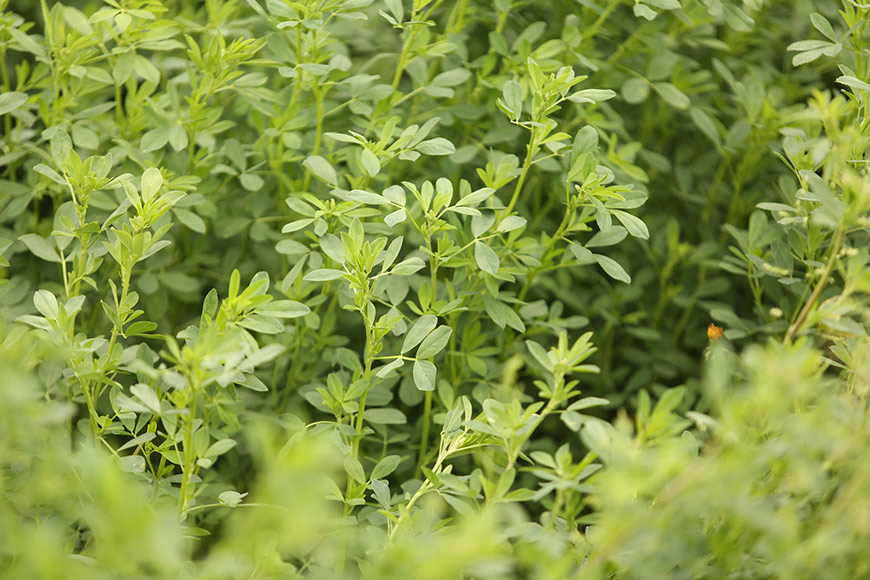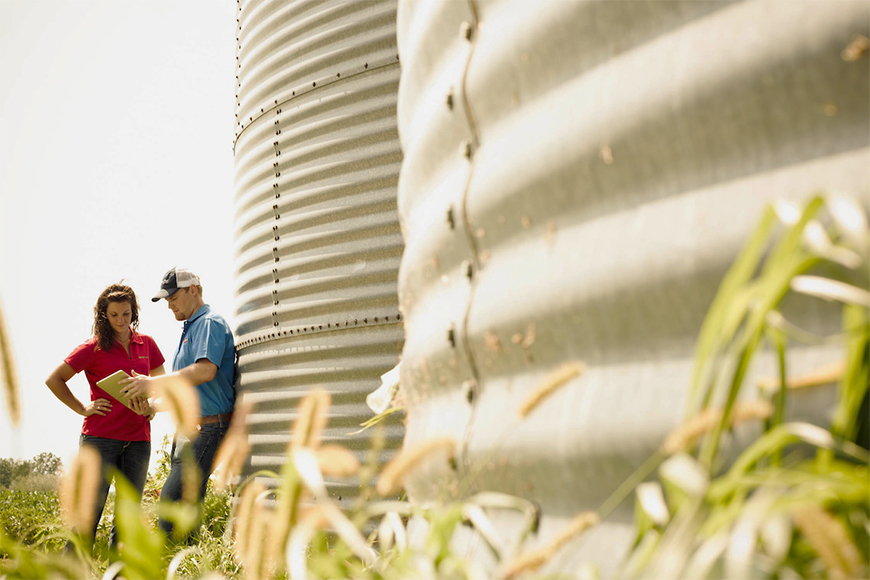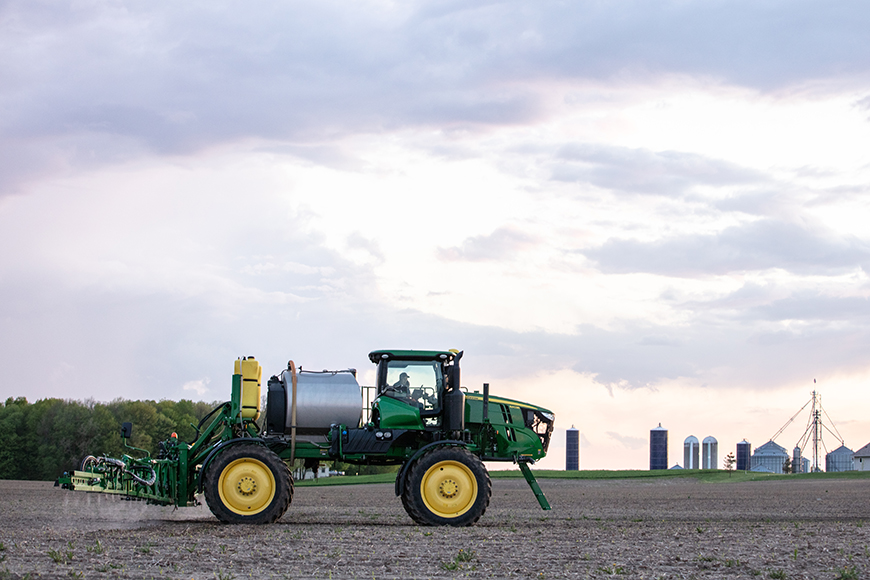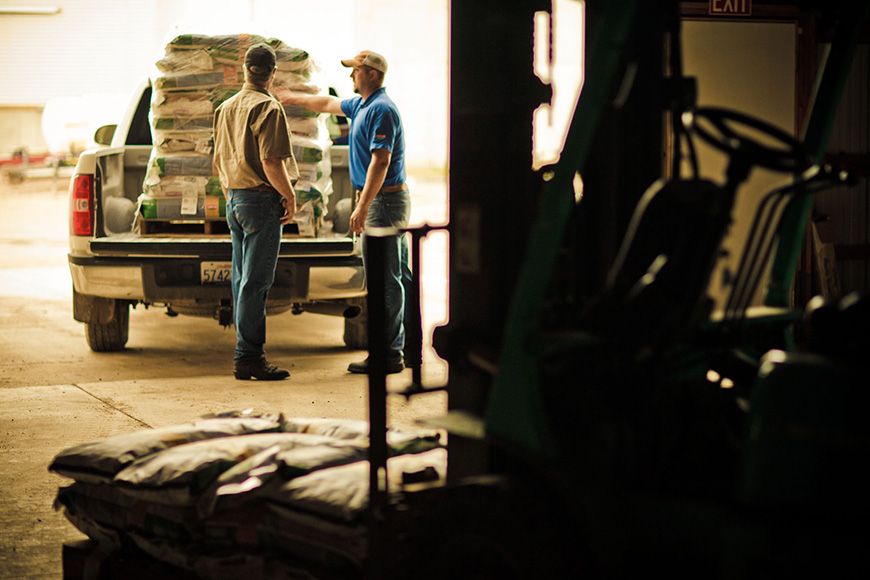Take a Stand on Alfalfa Health

What alfalfa stands do you keep in rotation? Which ones do you remove? These decisions are important factors in your alfalfa strategy for this fall and next spring.
Typically, most stand assessments are made in the spring, but walking your fields with your agronomist now can give you a roadmap for any actions you’ll need to take prior to winter. These actions will play into creating an effective 2020 farm plan to implement in the spring.
Two things will dictate which stands to keep or remove. The first is winterkill, which was unusually prevalent in the northern and north-central areas of my state of Wisconsin this spring because of large areas of icing in the region last winter. The other is the age of the stand. Depending on your management and harvest activity, you may get three, four or maybe up to five years out of a stand. Sometimes you only get two, depending on how the weather plays out. An additional factor may be your normal crop rotation. Do you need to switch one of your alfalfa fields to corn, corn silage, soybeans or wheat? If so, how does that rotation fit into what you want to do over your entire operation?
Regardless of the season, one thing that helps throughout the year is working closely with your agronomist. Right now, you and your trusted advisor can start determining which stands should be kept and which ones should be retired. Start building your crop rotation plan around what alfalfa fields you anticipate making it through winter.
All photos are either the property of WinField United or used with permission.
© 2019 WinField United. Important: Before use always read and follow label instructions. Crop performance is dependent on several factors many of which are beyond the control of WinField United, including without limitation, soil type, pest pressures, agronomic practices, and weather conditions. Growers are encouraged to consider data from multiple locations, over multiple years, and be mindful of how such agronomic conditions could impact results. WinField® is a trademark of WinField United. Roundup Ready® is a trademark used under license from Bayer Group.
Typically, most stand assessments are made in the spring, but walking your fields with your agronomist now can give you a roadmap for any actions you’ll need to take prior to winter. These actions will play into creating an effective 2020 farm plan to implement in the spring.
In the coming weeks:
1. Prep alfalfa stands for winter survival
If you farm in the Upper Midwest, you’ll probably cut your alfalfa in late August and may choose to take one last cutting in early to mid-October. If you do cut in October, be aware that doing so puts you at greater risk for winterkill because the plants and plant residue help hold snow, which acts as insulation to help plants make it through the winter.2. Apply potassium
Help strengthen your stand and improve its winter survivability by applying potassium fertilizer. Potassium can act as an “antifreeze” to the roots helping increase the survivability of the plant. Applying fertilizer while not harvesting during the month of September allows for a greater amount of carbohydrates to be accumulated in the roots to further ensure winter survivability.3. Control weeds
Fall is the optimal time to control perennial weeds and grasses. Many times, a great spring stand will be the result of effective weed control measures taken in the fall. Talk with your agronomist about the optimal fall weed control strategy for your alfalfa fields to help you start clean in the spring. Fall weed control calls for Roundup Ready® Alfalfa varieties.Next spring:
1. Compare stands
In the spring, you’ll begin assessing stands — older stands, newer stands and newly established stands from 2019. One of the things you’ll be looking for is uniformity of green-up. Is the entire field coming back to life all at once? Or are you seeing areas that are slow to green up and recover after winter? Areas that are slow to green up may be the result of ice sheets, disease, ponded water or winterkill. If these areas are large enough and/or do not recover, the field may need to have the alfalfa stand terminated, so be sure to closely monitor these problem areas.2. Assess alfalfa stand health
Strive for stand density of four or five plants per square foot, which equates to about 45 to 55 stems per square foot. To assess crown or stem health, dig up and split the stems to identify problems — usually a brown or yellow discoloration throughout the taproot. This indicates the presence of disease and/or rot, which could result in stand loss.Two things will dictate which stands to keep or remove. The first is winterkill, which was unusually prevalent in the northern and north-central areas of my state of Wisconsin this spring because of large areas of icing in the region last winter. The other is the age of the stand. Depending on your management and harvest activity, you may get three, four or maybe up to five years out of a stand. Sometimes you only get two, depending on how the weather plays out. An additional factor may be your normal crop rotation. Do you need to switch one of your alfalfa fields to corn, corn silage, soybeans or wheat? If so, how does that rotation fit into what you want to do over your entire operation?
3. Soil sample your alfalfa fields
Soil sample your alfalfa fields prior to establishment — preferably one to two years ahead of establishing a new stand. This allows you to address fertility deficiencies (specifically soil pH and potassium) prior to planting alfalfa.Regardless of the season, one thing that helps throughout the year is working closely with your agronomist. Right now, you and your trusted advisor can start determining which stands should be kept and which ones should be retired. Start building your crop rotation plan around what alfalfa fields you anticipate making it through winter.
All photos are either the property of WinField United or used with permission.
© 2019 WinField United. Important: Before use always read and follow label instructions. Crop performance is dependent on several factors many of which are beyond the control of WinField United, including without limitation, soil type, pest pressures, agronomic practices, and weather conditions. Growers are encouraged to consider data from multiple locations, over multiple years, and be mindful of how such agronomic conditions could impact results. WinField® is a trademark of WinField United. Roundup Ready® is a trademark used under license from Bayer Group.




.jpg?ext=.jpg)
